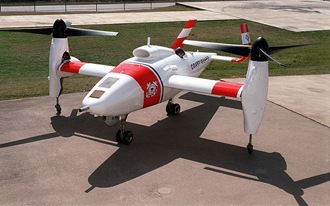Unmanned Aerial Vehicles (UAVs), also known as Unmanned Aircraft Systems (UAS), will increasingly find their way off of the battlefield and into civilian airspace as interest in their use for homeland security, law enforcement, weather studies and for other purposes steadily increases. In fact and for Fiscal Year 2009, there were about 20,000 UAV flights and more than 2,500 hours logged in civilian airspace.
Hence, a recent article by Charles Spence for General Aviation News about sharing airspace with UAVs is well worth reading. Charles noted that safety is a major concern for everyone – especially with the use of drones since unlike other other types of UAVs which are remotely controlled by someone on the ground, drones are programmed to fly a particular mission.
However, Charles noted that a number of government agencies in the USA are currently trying to resolve just how to integrate UAVs into the national airspace system and the FAA hopes to publish a proposed rule by next year. Moreover, the National Association of State Aeronautic Officials (NASAO) and the Aircraft Owners and Pilots Association (AOPA) are concerned about how much airspace will be restricted and set aside for UAV flights. In fact, the AOPA is insisting that the rules for UAVs must be the same as the rules for VFR operations.
Meanwhile, Charles also mentioned that the National Business Aviation Association (NBAA) wants to make it certain that there is a reliable assurance of separation when both manned and unmanned vehicles start to mix in the airspace. However, the NBAA also sees a future where manned and unmanned vehicles can safely mix provided that there is both a basic system to separate both types of aircraft and a failsafe back-up system.
Nevertheless, Charles concluded his article by noting that everyone wants to get things right the first time around as “the uproar when two piloted aircraft collide is nothing compared to public, local, state, and federal government outrage if an unmanned vehicle brings down an aircraft with a pilot, and perhaps others, on board.” Points well taken.

Leave a Reply